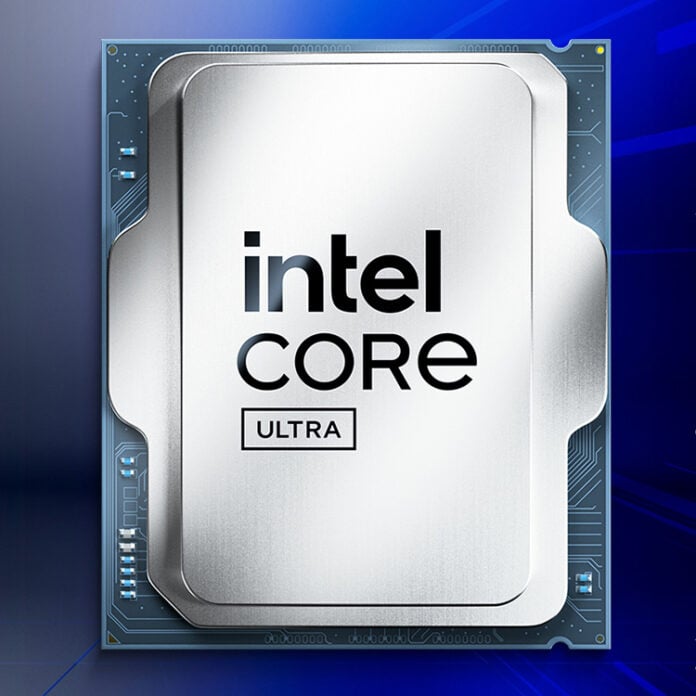The popularity and performance of AMD’s 3D V-Cache on its Ryzen X3D CPUs is an undeniable problem for Intel, but Team Blue is allegedly working on its answer to the feature in the form of ‘big Last Line Cache’ (bLLC). Expected to debut as part of the company’s Nova Lake lineup, new leaks suggest only a chosen few CPUs will benefit from bLLC.
For those out of the loop, bLLC is apparently how Intel plans to fit up to 144MB of L3 cache into its forthcoming Nova Lake processors. Purportedly residing in the compute tile, this big pool would provide similar benefits to 3D V-Cache, reducing the need to call upon slower system RAM and boosting performance in some applications.
However, according to regular Intel leaker jaykihn0, bLLC will only appear on unlocked (K/KF SKU) CPUs. We don’t yet know how the entire Nova Lake product lineup will take shape, but this would amount to five desktop processors sporting the feature if it mirrors current Core Ultra 200S offerings.
While this presumably would only account for a handful of Nova Lake models, relative to the larger lineup, it would still give Intel a small advantage over AMD in terms of variety. After all, there are only three Zen 5 CPUs that boast 3D V-Cache, with Ryzen 9 9950X3D serving as the current flagship. However, there are several prior-generation models that remain compatible with the AM5 socket, with the Ryzen 5 7500XD being the latest.
bLLC will only be present on unlocked SKUs.
— Jaykihn (@jaykihn0) November 25, 2025
The rumoured relative exclusivity of bLLC to a select few models isn’t too surprising. Implementing the feature undoubtedly incurs higher production costs and will primarily interest performance enthusiasts, so it makes little sense to strap it to more budget-leaning Nova Lake chips. Along similar lines, it doesn’t make sense to throw a Ryzen 7 9800X3D into every machine when a Ryzen 5 9600X will cover all your needs for less cash, for example.
We’re about a year away from the Nova Lake release date if Intel’s last disclosed estimation from September 2025 holds up. This means the processors will need to face off against AMD’s upcoming Zen 6 CPUs, expected to release in 2027. Theaw upcoming Ryzen CPUs could provide tough competition, as whispers of 7GHz frequencies and up to 240MB of cache persist.
While I’m excited to see which cache system becomes king, there’s one shortcoming I think Intel needs to address above all with Nova Lake. Platform longevity has remained a key selling point of AMD’s AM4 and AM5 sockets, and LGA1954 cannot repeat the pitiful lifespan of LGA1851. Thankfully, rumours suggest this will be the case but we won’t know for sure until support properly materialises.
You can expect further coverage on Nova Lake and other developments in the world of processors from the Club386 team. To make sure you don’t miss a beat, give us a follow on our Google News feed. In the meantime, check out our picks for the top 10 CPUs ever to see if your favourite chip made the cut.


